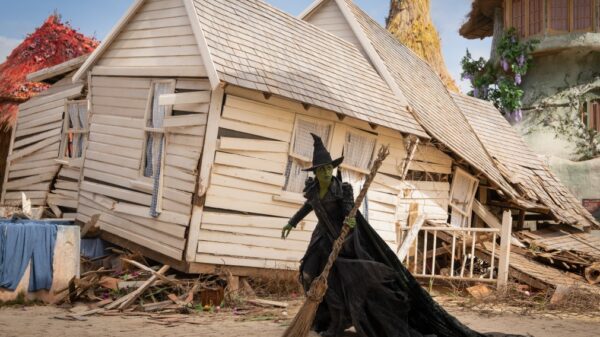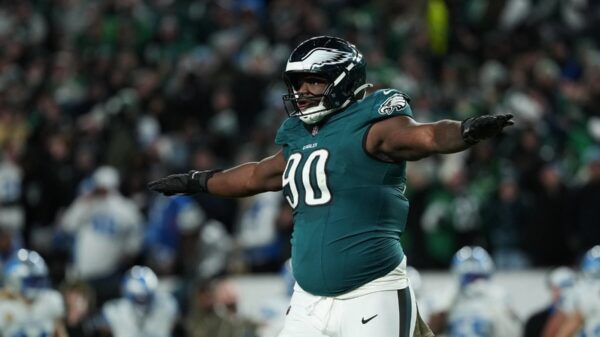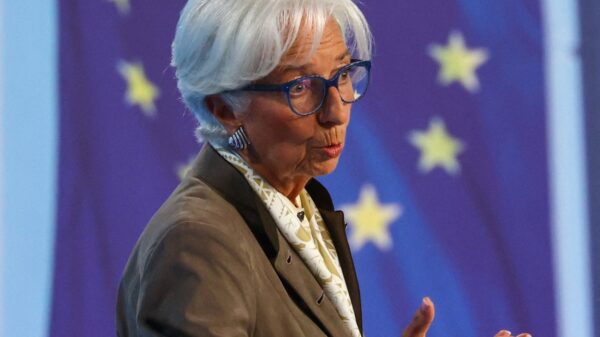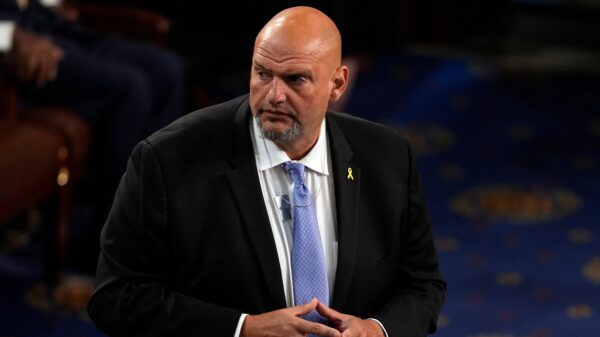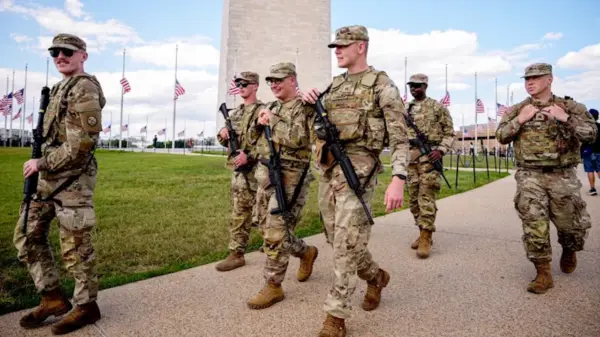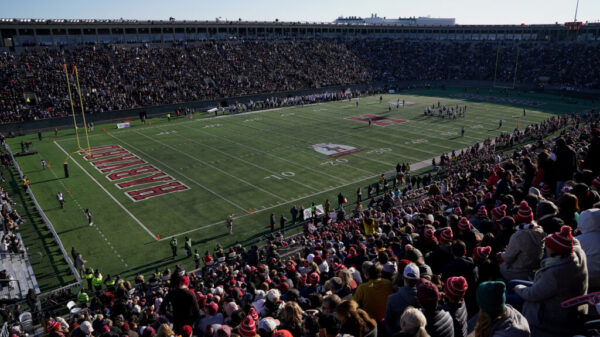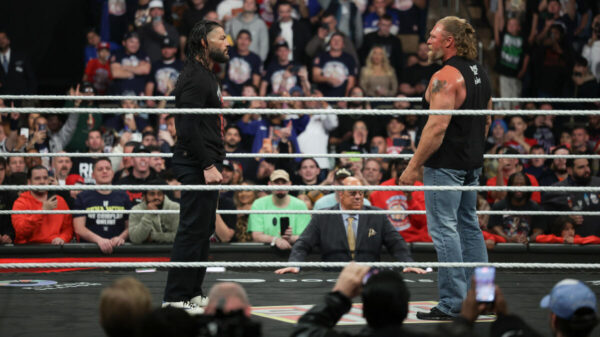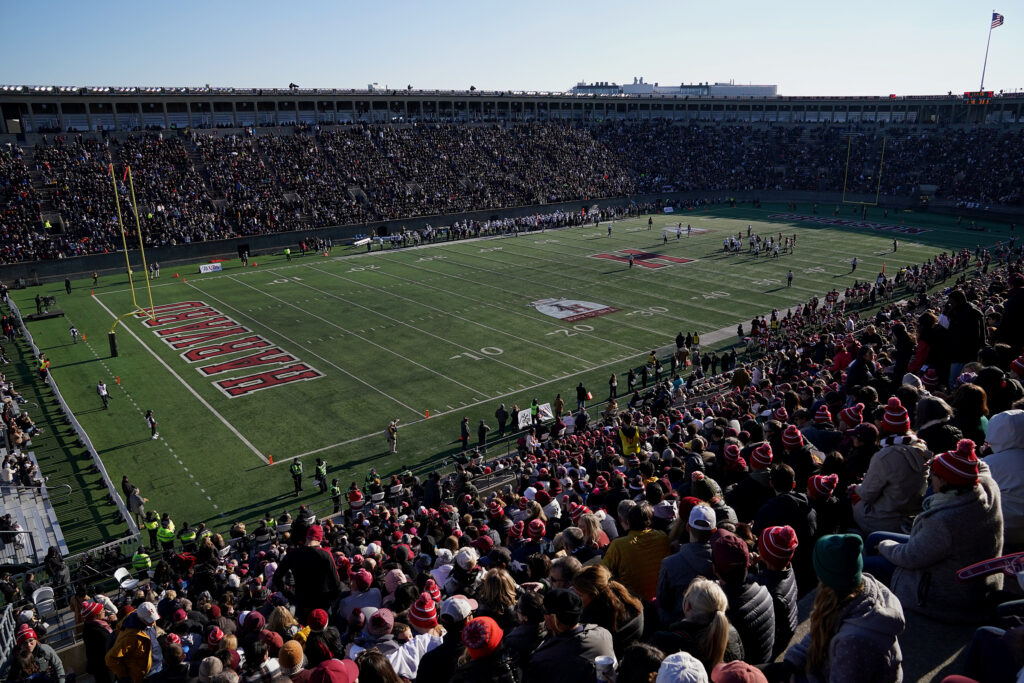The Yale Bulldogs will face the Harvard Crimson on November 4, 2023, in the 141st meeting of this historic rivalry. This match-up will take place at the Yale Bowl, a stadium known for its grandeur and historical significance. Constructed in 1914, the Yale Bowl initially had a seating capacity of 70,896, making it the largest stadium in the United States at that time. Although renovations have reduced its capacity by approximately 10,000 seats, the venue remains a revered site for college football.
In contrast, the Harvard Stadium, built in 1903, has its own storied legacy. It was the first large-scale concrete stadium in the United States and originally served as a model for future stadium designs. Despite its historical importance, it accommodates only 25,000 spectators. The architectural differences between the two stadiums create distinct atmospheres that players have noted.
Atmosphere and Player Experience
Players from both teams have shared their experiences regarding the unique environments of each stadium. Yale offensive lineman Declan Savage commented on the contrasting layouts: “The Yale Bowl is much more spread out. In reference to Harvard Stadium, it kind of looms over you. It feels like the fans are glaring down at you.” This perception is largely due to Harvard Stadium’s vertical seating arrangement and open design, which creates a more intimate yet imposing atmosphere.
The Yale Bowl offers a different experience. Its Class of 1954 Field is situated below ground level, providing a shielded environment that is less exposed to wind. This design choice contributes to a sense of comfort for players during games. Former Yale football captain Marty Martinson, who played in the 1980s, reflected on the conditions at Harvard Stadium, describing it as a “cold, windy open horseshoe.” His experience highlights how the Bowl’s sheltered structure can influence the confidence of players, particularly kickers.
Current Yale kicker Noah Piper has thrived in the Bowl’s conditions this season, successfully completing 20 out of 21 kicks. This impressive statistic underscores how the environment can impact a player’s performance.
Coaching Insights and Game Strategy
The differences in stadium design may also affect coaching strategies. Tony Reno, Yale’s head coach, acknowledged that while the wind conditions could play a role in decision-making, they do not fundamentally alter the game plan. “It does not change how we play, exactly,” said Charlie Humphreys, a member of the team. “The field is still 100 yards.” This statement reflects a commitment to fundamentals, regardless of external factors.
As the Yale Bulldogs prepare for this storied rivalry against the Harvard Crimson, the contrasting atmospheres of the Yale Bowl and Harvard Stadium will play a notable role in shaping the experience for players and fans alike. Both stadiums carry their own historical significance and unique challenges, making the upcoming game a compelling chapter in the long-standing tradition of college football rivalry.


